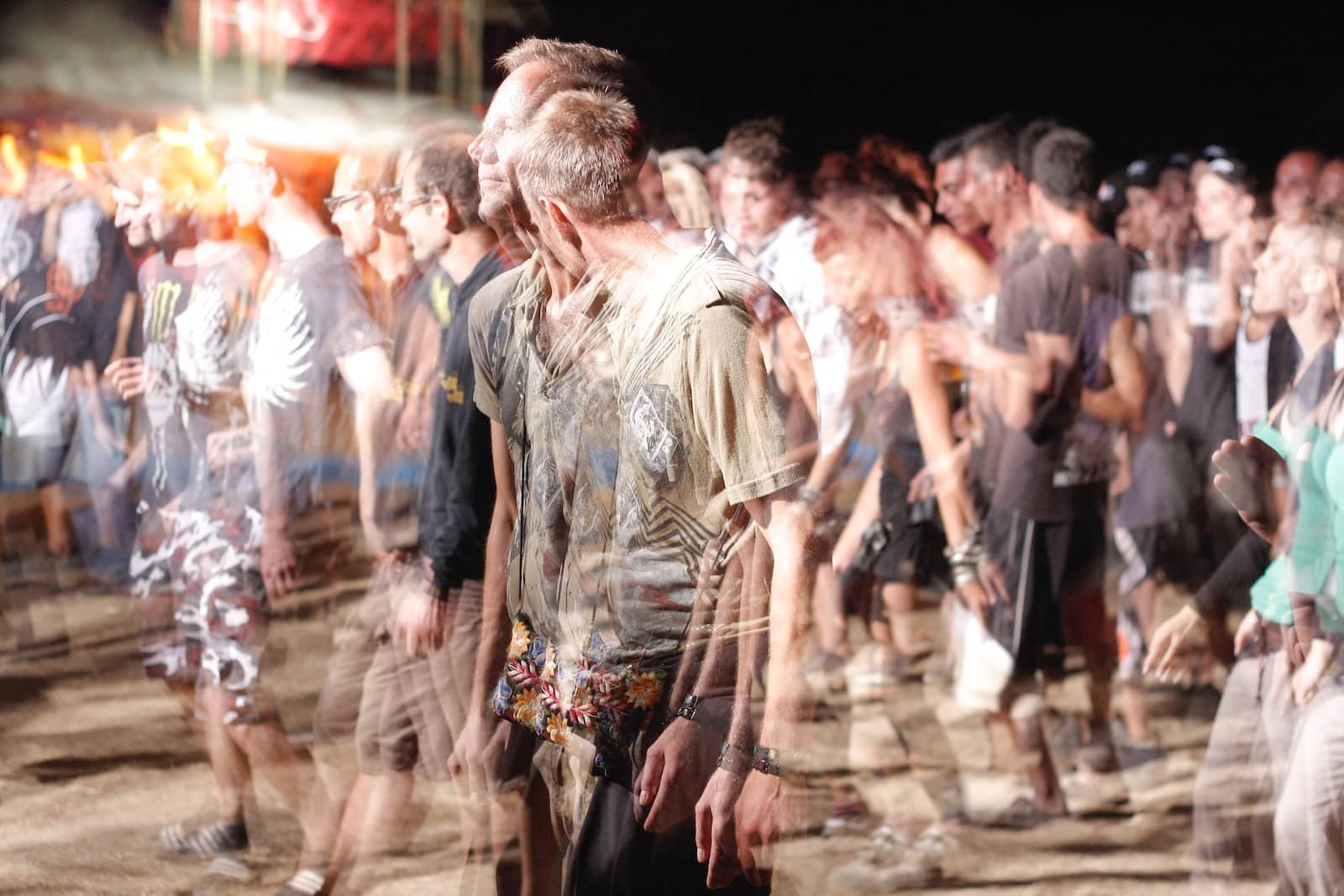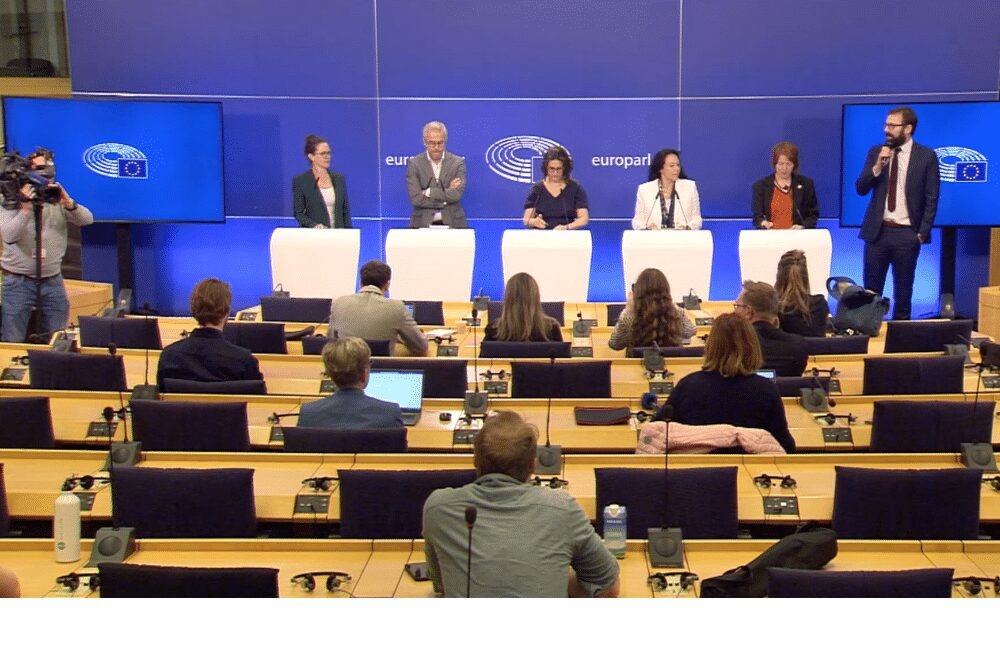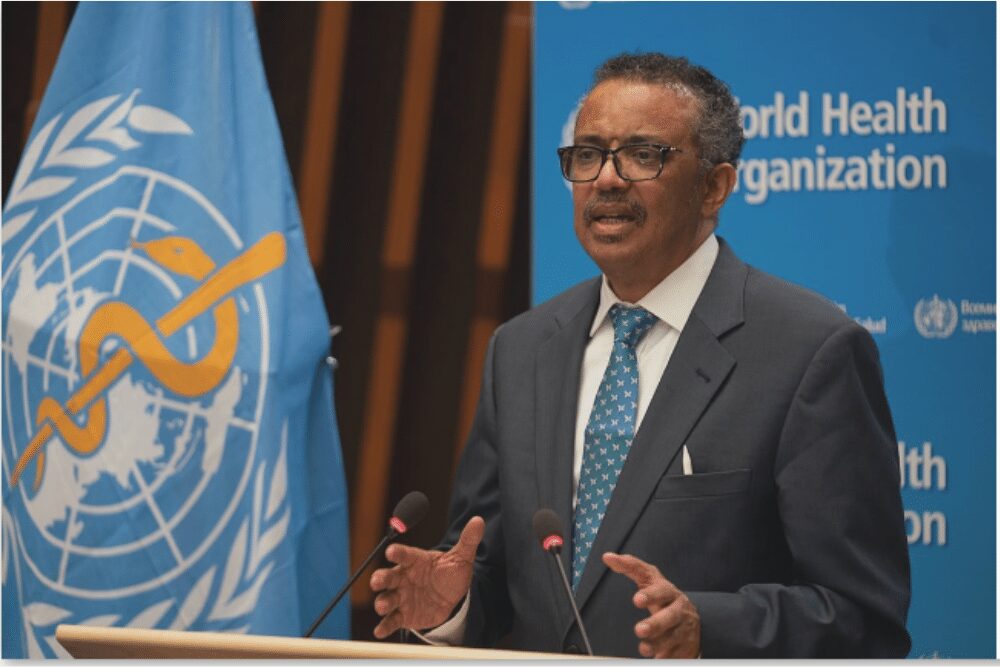Drugs // “It is better and more useful to meet a problem in time than to seek a remedy after the damage is done” explains a Latin saying of the mid-13th Century. According to the Council of the European Union (Review August 2022):
Drugs are a complex social and health phenomenon that affects millions of people in the EU. Illicit drugs can have tremendous negative consequences, not only for the people who use the drugs but also for their families and communities. The use of drugs generates enormous costs for and harm to public health and safety, the environment and labour productivcity. It also poses security threats linked to violence, crime and corruption.
Drugs and history
Curiously, the history of drugs is linked to the existence of life on Earth, which appeared some 3.5 billion years ago, first aquatic and then on the surface. In parallel with the development of life, a fundamental problem arises: how to survive and be part of the food chain while ensuring the survival of the species.
Living organisms have therefore developed means of defence: the constitutive ones such as claws, horns, spines, etc. and the so-called inducible ones which are at the origin of the synthesis of toxic substances in the form of secondary metabolites not necessary for the life of the organism but necessary for its survival against predators. And the human being is one of these formidable predators! So there is a close relationship between survival and existing toxins or drugs.
At the origin of the times, human health was in the world of spirits, magical practices and beliefs. Traditional healing systems are back to prehistoric times and the curing traditions already included the use of psychoactive plants. In Europe, it was in Ancient Greece, in the 5th century BC, that Hippocrates laid the foundations of rational medicine and medical ethics. His oath was taken up at the world level by the World Medical Association, created in 1947, then in the Geneva Declaration of 1948 (revised in 2020) and also by pharmacists/apothecaries and dentists.
A distinction must be made between drugs and medications. The main difference lies in the purpose of use or consumption:
-The medicine has a dosage, a curative purpose, a precise and repetitive action. But the medicine is not always without toxicity. Paracelsus (1493-1541) a Swiss doctor, philosopher and theologian even said:
“Everything is poison and nothing is without poison; the dose alone makes a thing not a poison”.
-A drug is any substance, natural or synthetic, which has a modifying effect on the state of consciousness, mental activity and behavior, likely to cause addiction. Some medicines could correspond to this definition but the drug is consumed without a medical prescription and its current use does not have a curative goal. It could be to experience new or pleasant sensations, to escape from reality, anxiety, relationship problems, past traumas, by conformity or rebellion, to be efficient or withstand pressure. But, whatever the reasons and patterns, drug use is not without risk with uncontrolled consequences…
Drugs and Humanity
The history of drugs also merges with the history of humanity as for:
a) the Hemp (cannabis) that was known in Asia since the Neolithic, around 9000 BC. The seeds were used in Egypt for their anti-inflammatory properties, and in China for their nutritive richness and in 2737 BC hemp is included in the Treaty of the medical herbs of the emperor Shen Nong; the hemp canes appear in Europe imported by the Romans and with the various invasions coming from Asia. It was also the “sacred herb” of the shamans’ rituals and part of the medical practices of the monks of the 12th century.
b) the Coca leaves, from the plant Erythroxylum coca, were used since 3000 years BC in the Andes. For the Incas, this plant had been created by the Sun God to quench thirst, cut hunger and make you forget the fatigue. It was also used during religious ceremonies as in Peru and Bolivia. The West discovered the coca use and properties in the 16th century with the Spanish “conquistadores” of Pizarro (1531), missionaries and settlers. Coca leaves were then used to enslave and send the Indians to work in the silver, gold, copper and tin mines. In 1860, German chemist Albert Niemann isolated the active anesthetic substance in the coca leaves. In 1863, Corsican chemist Angelo Mariani launched the famous French tonic wine “Vin Mariani” made with Bordeaux wine and coca leaf extracts. Meanwhile, in 1886, John Stith Pemberton (1831-1888), a pharmacist from Atlanta (USA), wounded at war and using cocaine, inspired by Mariani wine produced a stimulating drink made from coca, kola nuts and soda. Then the businessman Asa Griggs Candler (1851-1929) bought the formula and in 1892 created The Coca-Cola Company. In 1902 caffeine replaced cocaine in Coca-cola.
Cocaine is a powerful stimulant of the central nervous system. After the “high” wears off (15-30 min), the person may feel anxious, depressed, with an intense need to use cocaine again. Cocaine is one of the most difficult drugs to withdraw from.
It was in the 1960s, popularized by music and the media, that drugs became symbols of youthful rebellion, social upheaval and began to invade all aspects of society. In many ways, this was the pharmaceutical decade of the century with a plethora of new substances -and drugs- available.
Drugs classified
If we make a foray into the world of drugs, we can classify them according to their effects, such as:
- Dissociatives: Nitrous oxide (N2O, the laughing gas) is used as an anesthetic and analgesic in surgery and dentistry.And currently used for whipped cream siphons. It is very appreciated by young people during parties for the euphoric effect but it can cause severe neurological, hematological and cardiac disorders. It destroys vitamin B12. It also includes the Ketamine, PCP (angel dust), GBL (a sedative) and GHB (a solvent), etc.
- Delusional and entactogenic (desire for contact, empathy): Scopolamine, Atropine, etc.
- Depressants: alcohol, barbiturates (Amytal, Pentobarbital), opium, codeine,…
- Cannabinoids (cannabis, hashish): Delta9-THC, CBD, CBN, etc.
- Benzodiazepines: Alprazolam (Xanax), Valium, Rohypnol, …
- Psychiatric drugs: Fluoxetine (Prozac), Haloperidol (Haldol), Zoloft, Paroxetine (Paxil), etc.
- Natural stimulants: cocaine, caffeine, theophylline, cocoa theobromine, etc.;
- Stimulants: amphetamines, crystal meth, methamphetamine (WWII Pervitine), etc.
- Pharmaceutical stimulants: Adrafinil, Modafinil, Bupropion, etc.
- Psychedelic stimulants (hallucinogens): LSD, MDMA (ecstasy), Psilocybin, Bufotenin (alkaloid secreted by the skin of the toad that amateurs lick) and Ibogaine (from the Central African Iboga plant) are both from the family of tryptamines deriving from neurotransmitter serotonin.
Should also be mentioned The New Psychoactive Substances (NPS) which imitate traditional psychoactive substances -cannabis, cathinone (from the khat leaves), opium, cocaine, LSD or MDMA (amphetamine). But, they are more powerful and more addictive. More than 900 synthetic drugs have already been identified in Europe, uncontrolled, and illicit but sold on the Internet, and classified. (more in EMCD Drug profiles).
Examples of NPS:
1) Synthetic cannabinoids, are found in the: Spice, Yucatan, etc. as JWH-18 & 250, HU-210, CP 47 & 497, etc., having affinity for the CB1 receptors.
2) Synthetic derivatives of cathinone (an alkaloid extracted from the khat leaf, sympathicomimetic): 3-MMC (3-methylmethcathinone) and the 4-MMC (Mephedrone) which creates euphoria, blue-knee syndrome, risk of heart attack, etc.
- MDPV (methylenedioxypyrovalerone), from “bath-salts”.
- Overdose leads to hyperthermia, coronary heart disease, arrhythmia, episodes of psychosis and violent behavior.
3) A synthetic psychoactive opioid product: fentanyl, 100 times more powerful than morphine and more addictive, with unpredictable effects. It is considered the most lethal drug by overdose.
4) Krokodil, a Russian “flesh-eating” drug. Based on desomorphine synthesized in Germany in 1922 from morphine/codeine, a powerful sedative and analgesic that has since been abandoned. Solvents, gasoline, HCl, etc. are added to produce the drug with irreversible necrosis.
2022 European report on drugs
The European Drug Report 2022 of the EMCDDA (European Monitoring Center for Drugs and Drug Addiction), noted that Europe had 83.4 million people aged 15-64 using drugs, 29% of the population. This represents:
- 22.2 million for cannabis, the most consumed drug (7% of Europeans), of which 16 million were aged 15 to 34;
- 3.5 million for cocaine, including 2.2 million aged 15-34;
- Ecstasy or MDMA concerns 2.6 million people;
- 2 million for amphetamines, mostly aged 15-34;
- 1 million for heroin and other opioids, with 514,000 receiving substitution treatments.
The biggest cannabis smokers are young people in the Czech Republic with 23% of aged 15-34, followed by France (22%) and Italy (21%). The Netherlands and Belgium with 110 tons of cocaine seized in the port of Antwerp in 2021, are currently the drug hubs in Europe.
EMCDDA reports that in 25 European countries, 80,000 people are in treatment for cannabis use, representing 45% of all drug treatment entrants in 2020.
The increased availability of a wider variety of illicit drugs including NPS has led to different poly-drug use practices which complicate the clinical picture. The number of illicit drug overdose deaths in the EU is estimated to be in 2019 a minimum of 5,150 and 5,800 including Norway and Turkey. The age group most affected is 35-39 with double the number of deaths of the general average.
*In the State of Washington (USA), a study of 2021 shows that deaths by suicide increased by 17.9% among 15-24-year-olds after the legalization of cannabis.
To protect the physical and moral health of humanity and based on the Conventions of 1925 and 1931, three international Conventions on Drug Control of the United Nations Office on Drugs and Crime (UNODC) were signed. These are the 1961, 1971 and 1988 Conventions against the illicit traffic of narcotic drugs and psychotropic substances.
Children, drugs and decriminalisation
In 1989, the Convention on the Rights of the Child was also ratified. Its Article 33, too often forgotten by governments, stipulates that:
States Parties shall take all appropriate measures, including legislative, administrative, social and educational measures, to protect children from the illicit use of narcotic drugs and psychotropic substances as defined in the relevant international treaties.
In Europe, several countries have decriminalized cannabis use. This is particularly the case in Spain, Portugal, Italy and the Netherlands, where consumers are not liable to fines or imprisonment if for personal use.
Only Malta has fully legalized the recreational use of cannabis following a law passed in December 2021 that allows not only consumption but also cultivation.
In Germany, the Minister of Health intends to follow this pattern and legalize the recreational use of cannabis by 2024. His purpose by decriminalising cannabis is to ensure better protection for children and young people and also to provide better health protection!
France considers that the decriminalization/legalization results are still not conclusive and that the legalization of cannabis has led to a trivialization of the product, without reducing drug trafficking, and without preventing dealers from continuing to sell other illicit products.
In the Czech Republic, the Report 2022 on Illicit Drugs mentioned that
“the topics of political, professional and public discussions included cannabis used for both medical and non-medical purposes, the inadequacy of penalties for cannabis-related offences and the use of psychedelics for treatment of mental disorders and for self-development” .
In Hungary cannabis is illegal but a“ personal quantity“ (1 gram) is tolerated.
The above justifies the successive EU Drugs Strategies as 2021-2025 of the Council of the European Union aimed ” to protect and improve the well-being of society and of the individual, to protect and promote public health, to offer a high level of security and well-being for the general public and to increase health literacy” and in its point 5: Prevent drug use and raise awareness of the adverse effects of drugs.
Drugs, celebrities and education
Since the 1960-70ies, starting with the Beat Generation, and then with celebrities (many having subsequently faced an unexpected tragic destiny), young people with a lack of factual data and information on the drug subject, became easy and vulnerable targets. Currently, the youth are exposed to drugs earlier than ever due to the easy availability of drugs, the aggressive promotions in the media and on the Internet, and due to the constant innovations in the digital illicit drug market.
It is crystal clear when talking with youth and even with parents that they are eager to know more about the drug’s harmful effects to be able to have facts to make the right decision and for the parents to dialogue efficiently with their children. So, facing the drug problem, the master word is Education! Indeed:
Education is a progressive discovery of our own ignorance wrote the philosopher Will Durant (1885-1981). This is the best prevention and basic action to oppose the pressure and lobbying of the drug industry.
The single most destructive element present in our current culture is drugs said the humanist L. Ron Hubbard (1911-1986). In Europe, cannabis (marijuana) is with alcohol the most used drugs by 15,5% of the 15-34 years old. And cannabis appears to be the entrance gate into the destructive universe of drugs.
This is why the actions of the Foundation for a Drug-Free Europe and its hundred of Say No To Drugs associations and groups of volunteers across Europe, aware that every year drugs destroy thousands of lives and hopes, are actively contributing through The Truth About Drugs campaign, to preventively educate the youth and the public at large with factual data on the harming effects of drug use.
More in:
https://www.emcdda.europa.eu/publications/edr/trends-developments/2022_en
https://www.europol.europa.eu/publications-events/publications/eu-drug-markets-report
https://www.unodc.org/unodc/data-and-analysis/world-drug-report-2022.html
Get informed on drugs on: www.drugfreeworld.org or www.fdfe.eu
Discover soon in The European Times, the next part of this article: Life and Drugs: (2) The Cannabis.














